Is American tech giant Apple hurting the Swiss watch industry as badly as the Japanese did with their mastery of quartz watches in the 1970s? If so, will the Swiss find a savior as they did in the creation of Swatch and the subsequent acquisition spree by the company’s owner Nick Hayek? The annual sales volume of the Apple Watch already dwarfs that of all Swiss timepieces combined, and attempts by traditionalists to move into connected wristwear are floundering. This time around, rather than the Swiss trying to copy their nemesis, they are better off sticking to what they do best and may just benefit from the Apple Watch phenomenon, suggests Tom Mulraney.
Several decades ago, the Swatch watch was a must have product. They were fun, colourful and instantly recognisable on the wrist. Accessibly priced, Swatch watches democratised the market for Swiss made watches and laid the foundation for a Swiss fightback against the rise of Japanese quartz watchmakers. According to industry veteran and certified marketing guru, Jean-Claude Biver, they also did something else. They made consumers watch-conscious.
“There is nothing worse than when people do not care about watches and they do not wear them, which is what we have been seeing with the young generation today.” Mr Biver told WatchPro in an interview last year.
From an optimistic viewpoint it can be argued that the Apple Watch is — or at least has the potential to become — the new Swatch watch. Already the largest watchmaker in the world, Apple’s wearables division is putting watches back on wrists at an astonishing rate. To benefit from this, however, the Swiss watch powerhouses need to find a way to convert these newly watch-conscious consumers into ardent mechanical advocates. No easy task.
Depending on when you were born, you may or may not already be familiar with the story of the Swatch watch (stylised as swatch). Back in the 1970’s and early 80’s, the advent of quartz watches was wreaking havoc on the mechanical watch industry. The technology was cheaper, more accurate and easier to manufacture in high quantities. It was also seen as contemporary and cool, compared to the more archaic traditions of mechanical watchmaking.
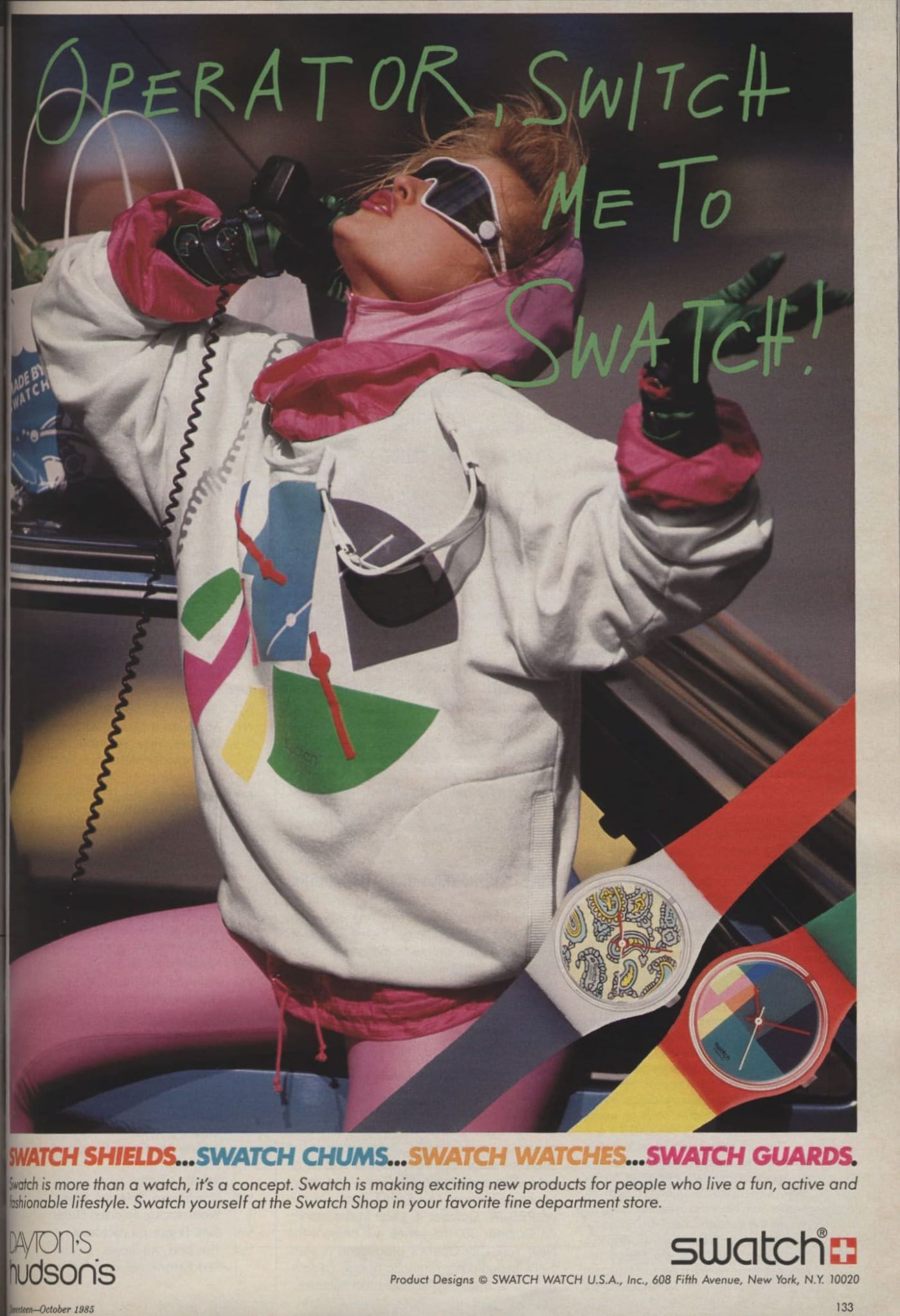
Many established manufacturers suffered significant economic hardship during this time (see story of Michel Herbelin). Some succumbed to bankruptcy and ceased operations, whilst others had no choice but to sell themselves to larger companies in order to survive. Yet this was also a time of great innovation within the industry.
Faced with the possibility of extinction, the ‘fight or flight’ instinct kicked in for a number of brands. This led to the creation of models like the Audemars Piguet Royal Oak and the Patek Philippe Nautilus. Both considered iconic today.
It also led an enterprising gentleman by the name of the Nicholas G. Hayek — you may have heard of him — to create a quirky Swiss made alternative to Japanese quartz watches. Launched in 1983, the Swatch name was a contraction of “second watch”. The idea being that this was a cheap watch you wore for your day-to-day humdrum activities, and then switched out for your high-end luxury watch for more special occasions.
Against the odds, the Swatch watch became a global success. It was the must-have accessory of the 80s and 90s. It also helped put Swiss watchmaking firmly back on the map and in the minds of consumers. But Swatch was a Swiss made watch owned by a Swiss company. And it didn’t do anything a high-end mechanical watch couldn’t do. In fact, many in the industry saw it simply as a placeholder for a more expensive alternative. But can the same be said for the Apple Watch?
Apple didn’t invent the smartwatch. Just like it didn’t invent the smartphone or the portable music player. Instead, it came to those markets later with innovative products that captured the hearts and minds (and wallets) of consumers. For the last few years it has been the top seller of all Apple wearable computing devices, which includes its smartwatch, AirPod wireless earbuds and Beats headphones. With a commanding 35.8% share of the smartwatch market, the global popularity of the Apple watch is indisputable. And it’s only continuing to grow.
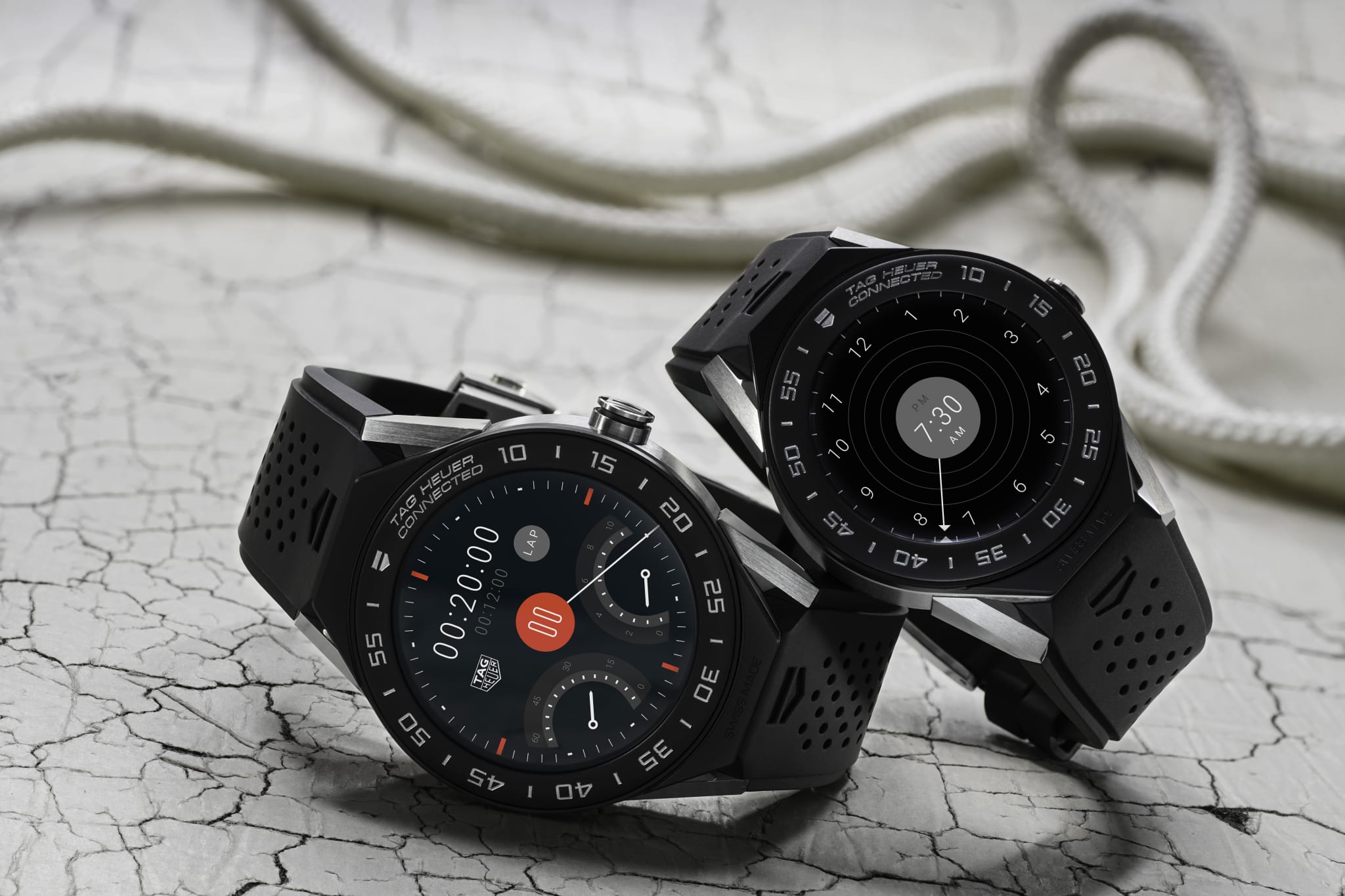
But it’s not just the Apple watch driving the trend. According to Counterpoint’s Q1 2019 global smartwatch shipment data, overall smartwatch shipments have increased 48% year-on-year. The Chinese electronic company Xiaomi shipped over 5 million units of its Xiaomi Mi Band wearable last quarter, according to a report by the International Data Corporation. That was enough to take a slightly higher percentage of the smart watch market than the Apple watch for the quarter.
Still, the Apple watch remains the darling of the market. Sleek, smart and instantly recognisable on the wrist, it has become something of a status symbol in its own right. Making it attractive even to those with the means to buy a high-end Swiss made watch. That doesn’t necessarily mean they’re choosing to buy one over the other though.
Speaking to people in the industry, the general consensus is that smart watches don’t impact on the sale of luxury watches. And the numbers seem to back that up. In the 11 months to the end of November last year, exports of watches with a price above CHF 3,000 were up 11%, according to the Swiss industry’s trade body. That trend has continued into the Q1 of 2019, with exports at or above this price point remaining positive.
For watches with an export price below CHF 3,000, however, it’s a different story. The latest figures from April show that all segments within this price point showed a steep decline in the first four months of the year. Exports of watches priced below CHF 200 declined a substantial 23.6%. In the UK, where GfK provides accurate sales figures at the retail level, the sub-£500 market has been in freefall since the spike in sales of Michael Kors fashion watches in 2014. Sales have declined every year since then by over 10%. This is largely attributable to the advent of wearable devices, which typically compete across these price categories. The Apple watch for example is priced at about £300 for the entry model.
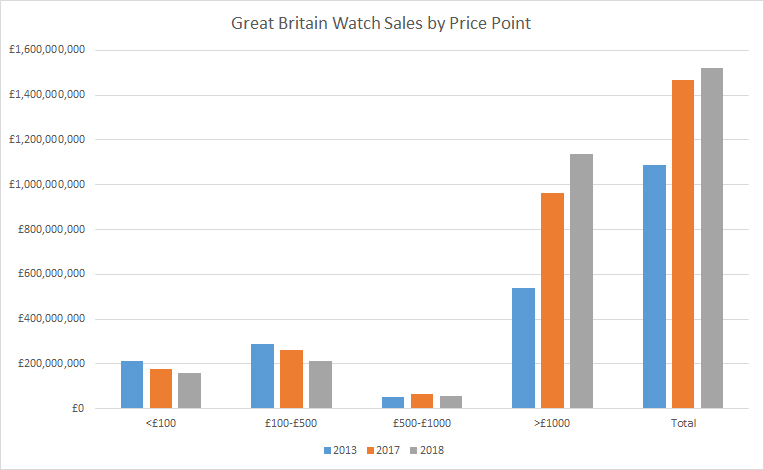
That’s not to say high-end watches are immune to the influence of smartwatches. The next generation of potential customers is growing up with unprecedented access to digital technology. Their expectations of what a product should be able to do and the services a brand should be able to deliver, are vastly different than any generation that has come before. They have been looking at and interacting with screens since birth. Convincing them that outdated analogue technology is still desirable will be a considerable challenge.
Yet, as Mr. Biver said, the fact remains that the Apple watch and its competitors are getting the broader market interested in watches again. So, how can the industry leverage this?
One man who has some ideas is Patrick Pruniaux, current CEO of luxury watchmakers Girard-Perregaux and Ulysse Nardin, both owned by fashion conglomerate Kering. Pruniaux left his job as vice-president global sales & retail at TAG Heuer to join the team responsible for launching the Apple Watch back in 2014. He then served as the managing director of Apple UK & Ireland, so it’s fair to say he has some unique insights into the wearables market. Not surprisingly, he shares Biver’s optimism about a new generation of potential buyers wearing and talking about watches.
“That gives us a potential new market, to go out and explain ourselves and tell them why we offer a better value proposition,” he told the BBC recently.
That doesn’t mean he thinks the Swiss watch industry should try to take on the wearables market head-on. Quite the opposite in fact. Rather, success will come from focusing on what the luxury watch industry does best: making beautiful products that connect with people in a real sense, not a digital one.
“There’s no emotion with a smartwatch,” he went on to explain in the same interview. “A good watch does not go out of date. People who buy our watches do so for the passion and for the creativity.”
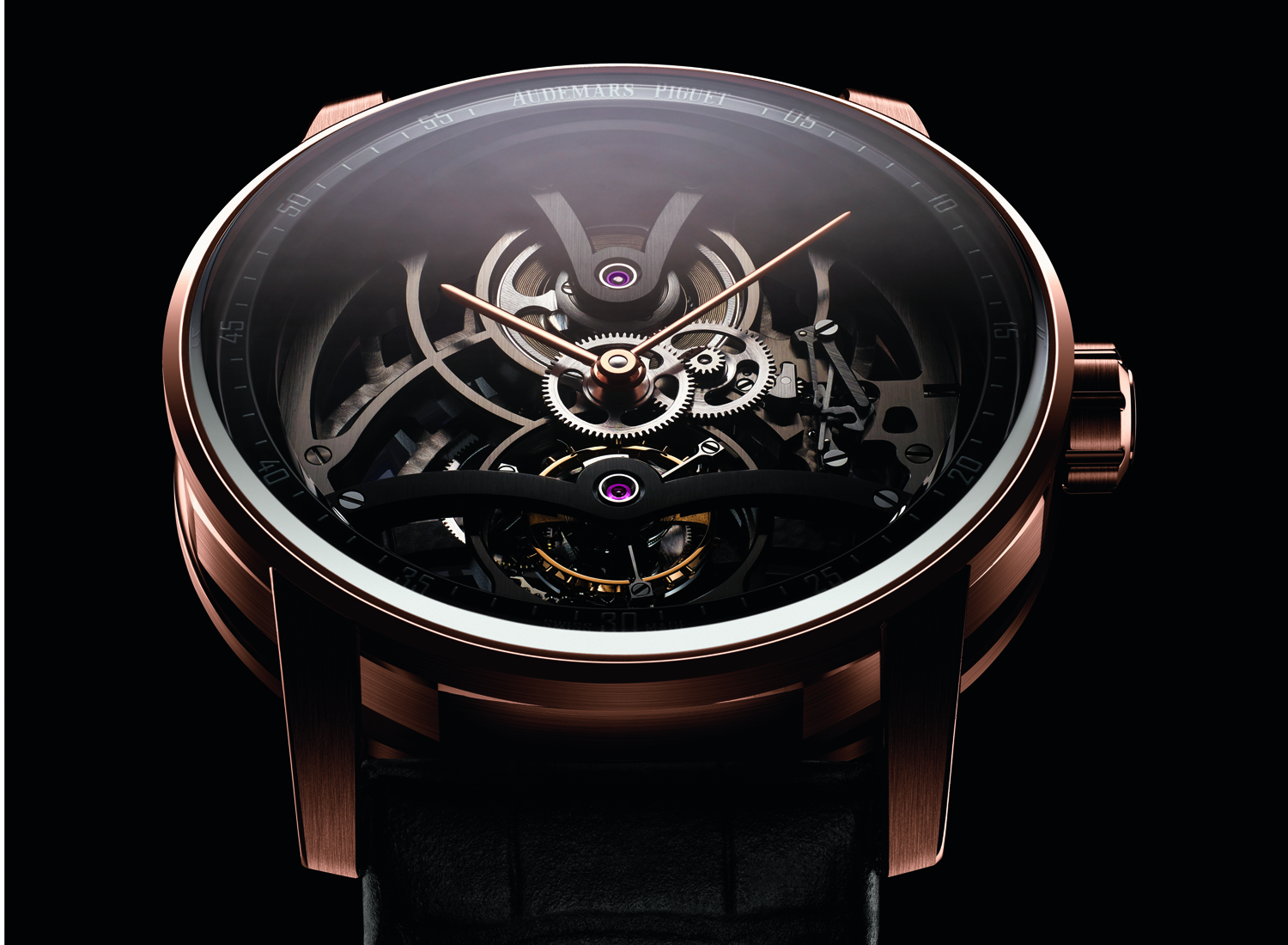
There’s something to be said for this traditional approach. Rather than trying to compete on someone else’s terms, focus instead on staying true to your strengths. This is exactly the approach Mr Biver took with Blancpain in the 1980’s at the height of the quartz crisis, when he, along with Jacques Piguet, restored the historic brand to its former glory. Instead of succumbing to the temptation to make watches with quartz movements – like so many of their competitors – Blancpain’s advertising boldly proclaimed it would never make a quartz watch. Less than a decade later Blancpain was sold to what is now the Swatch Group for 60 million Swiss Francs.
That’s not to say the Swiss can’t learn a thing or two from their Silicon Valley compatriots. According to Pruniaux, the big opportunity is in how brands approach customer service.
“I see some [mechanical] watches and wonder if the customer was an afterthought. For Apple the product is only the tip of the iceberg. They offer a full customer experience,” he says.
Swiss watches, particularly high-end complicated models, often get a bad rap for long and expensive service and repair intervals accompanied by little communication to the client with regards to progress and expected completion dates. Likewise, some brands in particular are struggling to keep up with astronomical demand on specific models, leading to customer frustration and unsavoury behavior on the secondary market.
The death knell may indeed be sounding for the lower end of the market but there’s still time and opportunity for brands in higher price categories to engage with a new generation of potential watch buyers. And they may just have the Apple Watch to thank for that.
 Author Tom Mulraney is publisher and editor of The Watch Lounge: www.thewatchlounge.com
Author Tom Mulraney is publisher and editor of The Watch Lounge: www.thewatchlounge.com

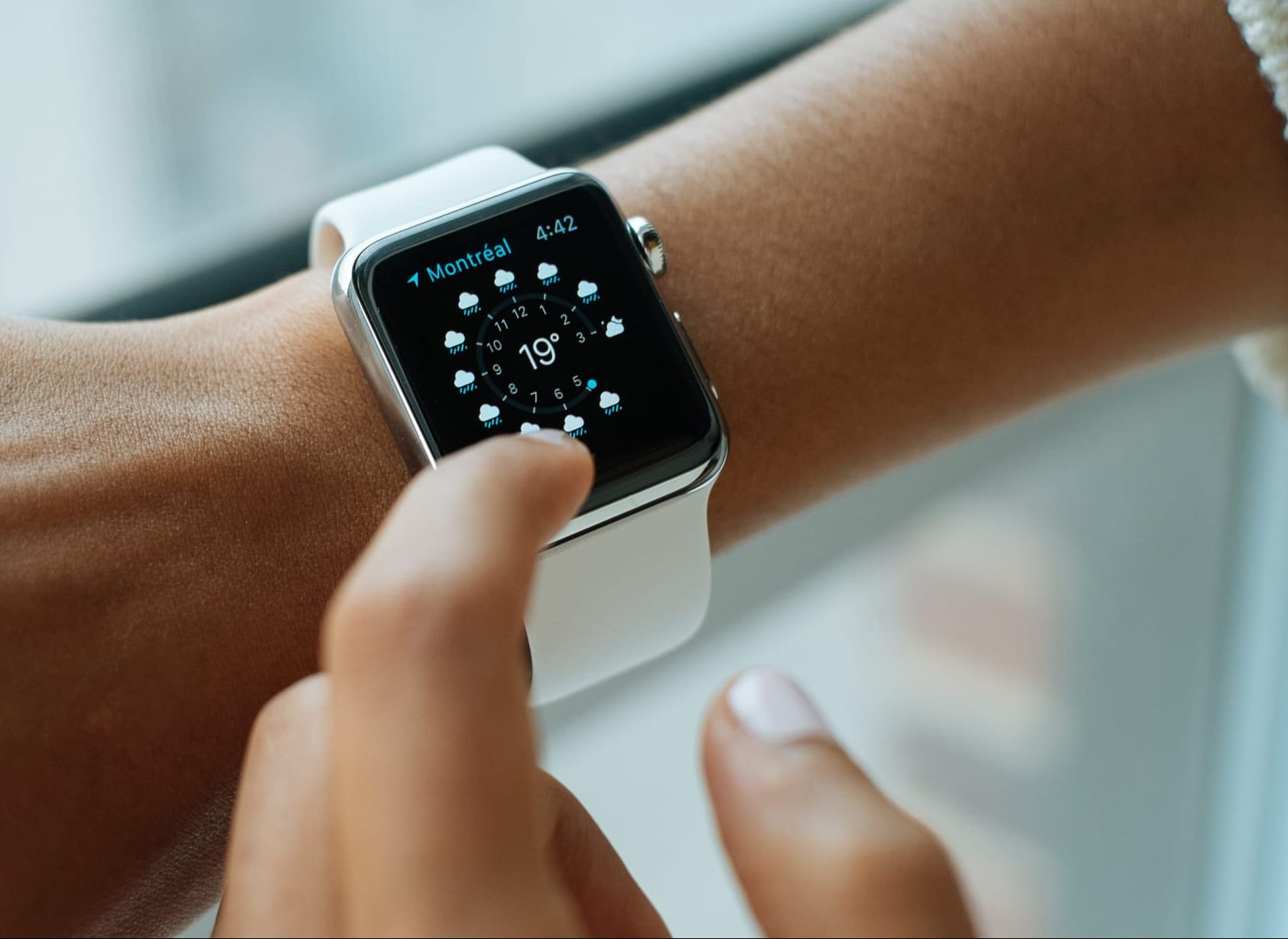
Excellent read. Thank you WatchPro!